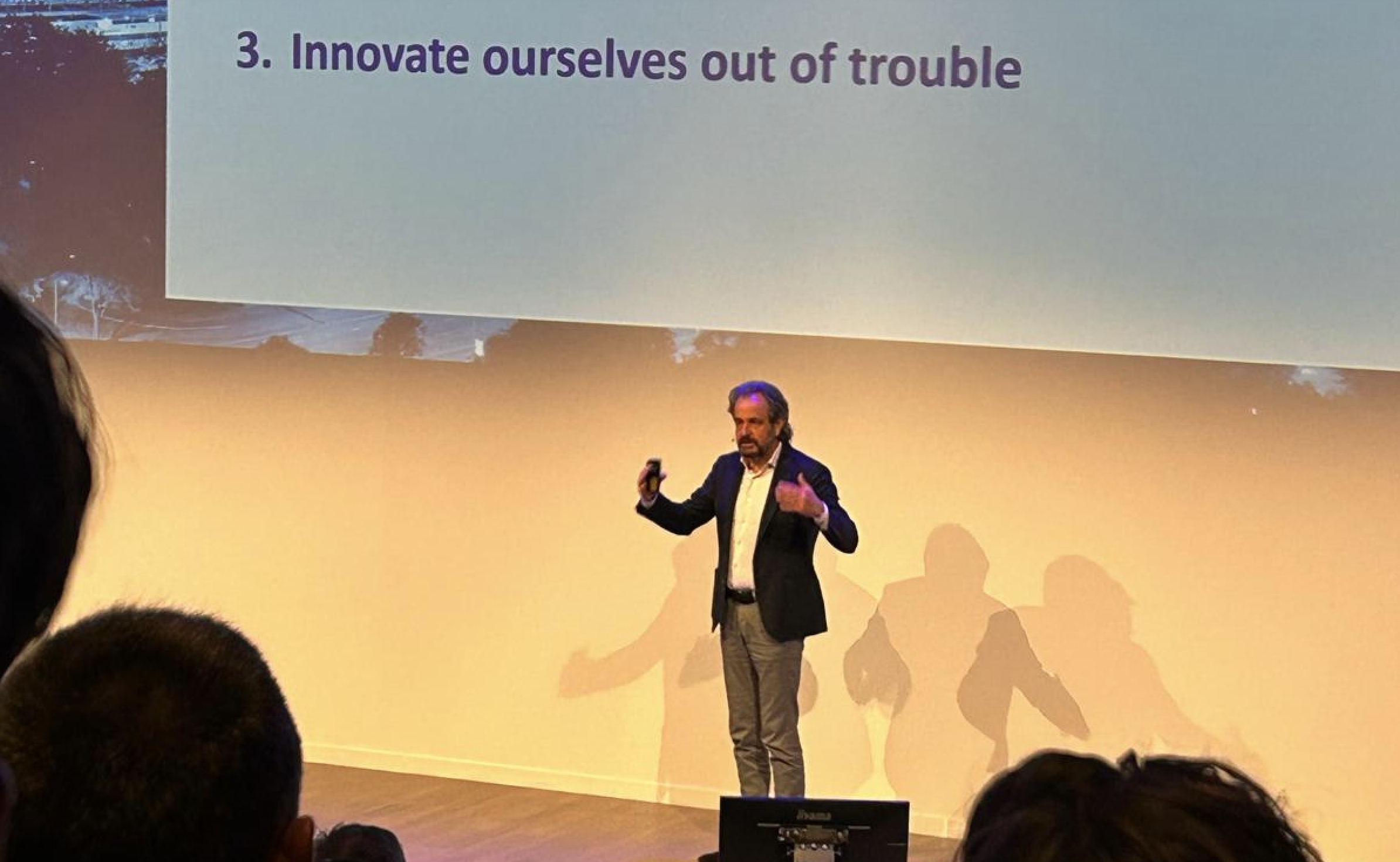
Artificial intelligence is poised to revolutionize journalism, with generative AI offering new prospects for the industry. According to a global report by the JournalismAI initiative at the London School of Economics and Political Science (LSE), almost three-quarters (73%) of news organizations believe that generative AI presents new opportunities for journalism. The respondents, representing over 100 news organizations worldwide, have experimented with genAI for various tasks, including writing code, image generation, and authoring summaries. Such applications support the efficiency of news production and free up journalistic capacity for more creative work.
David Caswell, an AI expert, discusses the transformative potential of generative AI in the news industry in a new article on Medium. Following the launch of ChatGPT in 2022, there’s a surge in interest in AI-driven innovation within newsrooms. However, the full integration of these technologies in journalistic workflows remains limited. Having interacted with over 40 news organizations, Caswell underscores the importance of dedicated initiatives and infrastructure to facilitate AI adoption.

Approaches range from efficiency-oriented strategies to product expansion and differentiation. AI applications in news span back-end operations, language tasks, media transformations, and news monitoring. AI-ready newsrooms may necessitate professional prompt management, personalized experience infrastructure, and adaptive, multidisciplinary teams with AI proficiency. As AI reshapes the information ecosystem, newsrooms must develop skills in AI-augmented journalism to stay ahead.”
AI-ready newsrooms may necessitate professional prompt management, personalized experience infrastructure, and adaptive, multidisciplinary teams with AI proficiency.
David Caswell
AI’spPotential in journalism: efficiency and expansion
Generative AI technologies, distinct from other AI technologies, are characterized by their accessibility, low technical skill requirements, and the ability to understand the context. This makes them particularly suitable for integration into journalistic workflows. However, the use of AI in news production is not without its challenges. Over 60% of the survey respondents expressed concern about the ethical implications of AI on journalistic values, including accuracy, fairness, and transparency.
The reality of AI integration: challenges and solutions
While AI technologies offer promising prospects for news production, their integration into newsrooms isn’t straightforward. Challenges are particularly pronounced for newsrooms in the Global South, where language, infrastructural, and political hurdles create additional obstacles. AI’s economic and social benefits are concentrated in the Global North, exacerbating global inequality. Yet, despite these challenges, AI integration in newsrooms is progressing. The report’s authors emphasize the opportunity for journalists to engage in more ‘human’ work with the support of AI, potentially making journalism more efficient, effective, and trustworthy.

Jeremy Gilbert, the Knight Chair in Digital Media Strategy at Northwestern University, echoes such sentiments. Gilbert highlights the transformative potential of generative AI, asserting that it will change how humans work rather than replace them. He advocates for the ethical use of AI and transparency in journalism, suggesting that generative AI can assist with tasks like transcription, summarisation, and data analysis. At the same time, human journalists remain essential for quality journalism.
The view of the leaders in news
Industry leaders share mixed feelings of pessimism and optimism regarding AI. New York Times publisher A.G. Sulzberger warns that AI can potentially flood the information ecosystem with misinformation. Reuters editor-in-chief Alessandra Galloni emphasizes the importance of involving journalists in approving AI-generated content.
Despite these concerns, there are also success stories. Schibsted, a Norwegian media group, has seen success with AI in creating automated weather avatars and automatic summaries in newsrooms. The Washington Post has established an AI task force and a dedicated AI hub to advance its AI capabilities. Media leaders stress the importance of learning, experimentation, and setting standards to navigate the impact of AI on the journalism industry.
AI and Beyond
As we look to the future, AI’s role in journalism is set to grow. Gilbert envisions a future where generative AI allows journalists to deliver stories tailored to individual audience preferences, making journalism more accessible and engaging. The JournalismAI initiative report indicates that nearly 80% of respondents anticipate increased use of AI in newsrooms.
The integration of AI into journalism presents both opportunities and challenges. While AI can free up journalistic capacity for more creative work, ethical considerations and the need for human oversight remain paramount. Despite concerns, the industry is making strides towards harnessing the potential of AI, and AI will play a significant role in the future of journalism.







